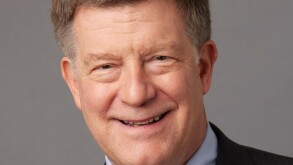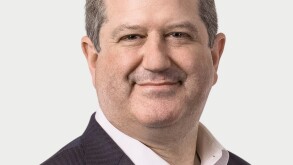We recently reported on the opinion of the advocate general (AG) in the case CJEU (C-121/17) concerning supplementary protection certificates (SPC) and the question of when a product, which is not explicitly mentioned in the basic patent, is protected by the basic patent, according to Article 3 (a) of Regulation (EC) No 496/2009. While it has been clarified that infringement rules cannot be applied, it is still not clear which test should be used for assessing the requirement of Article 3(a). Recently, the CJEU issued a judgment on this case which interestingly differs on this point from the opinion of the AG.
In the underlying case, the validity of an SPC for the combination of tenofovir and emtricitabine, marketed as Truvada by Gilead, is questioned. The focus of the basic patent is on tenofovir while emtricitabine is reflected in the patent claims only by the term "optionally other therapeutic ingredients". The patent specification does not mention emtricitabine or any other active for combination therapy.
For the assessment of whether the product of the SPC is protected by the basic patent, the AG suggested a rather strict disclosure test, requesting that each of the active ingredients is "precisely and specifically identifiable" in the patent. The AG also explicitly rejected an assessment of whether the SPC product makes use of the "core inventive advance" of the protected invention as was proposed by the referring UK court.
In its decision, the CJEU both avoids the terminology of "precisely identifiable" and also does not agree with the AG in explicitly rejecting the core inventive advance test. Notably, while the AG did not distinguish between combination products and mono products, the CJEU explicitly limits the order of the judgment to combination products.
For the purposes of determining what is protected under Article 3(a), the CJEU seems to advocate a two-pronged test. Firstly, whether the combination of the active ingredients, in light of the description of that patent, makes use of the invention needs to be assessed. Secondly, each of those active ingredients must be specifically identifiable in light of all the information provided by the patent. For the combination of tenofovir and emtricitabine the CJEU considers the above requirements not fulfilled, but emphasises that this has to be decided by the national courts based on the national rules defining the extent of protection.
This can hardly be seen as a rejection of the considerations underlying the core inventive advance test and an endorsement of a strict disclosure requirement. It remains to be elucidated what is meant by "specifically identifiable" and whether different requirements apply for mono products and combination products. The two pending referrals directed to mono products will further sharpen the requirements of Article 3(a).

|
Dr Annelie Wünsche |
Maiwald Patentanwalts- und Rechtsanwaltsgesellschaft mbH
Elisenhof, Elisenstr 3D-80335, Munich, GermanyTel: +49 89 74 72 660 Fax: +49 89 77 64 24info@maiwald.euwww.maiwald.eu










